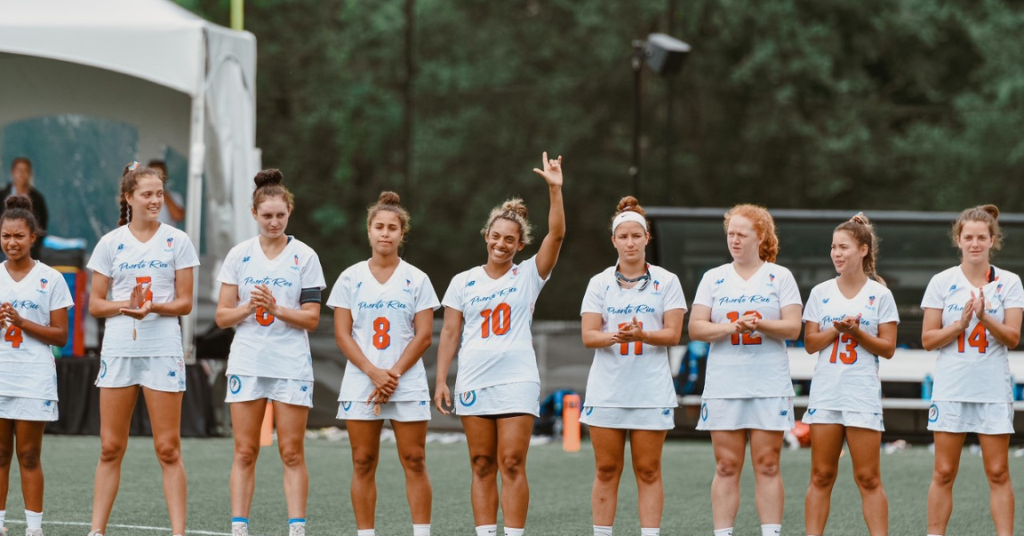
Moms of deaf children create Instagram account to teach ASL
July 31, 2018
Hearing in the workplace: Working in the entertainment industry
August 6, 2018Did you know NFL player Ryan Kerrigan has single-sided deafness?

LANDOVER, MD - DECEMBER 20: Outside linebacker Ryan Kerrigan #91 of the Washington Redskins looks on during the first half of a game against the Philadelphia Eagles at FedExField on December 20, 2014 in Landover, Maryland. (Photo by Patrick Smith/Getty Images)
Ryan Kerrigan doesn’t always hear his teammates out on the football field, especially when they talk into his left ear.
The 29-year-old Washington Redskin’s NFL player decided to open up more about his single-sided deafness.
Some of Kerrigan’s teammates have begun to realize that he has a hearing loss. Preston Smith, also a Washington Redskins player, asked Kerrigan a question about a play but never received an answer. He later learned that he was standing next to Kerrigan’s deaf ear.
“I was talking to him one time, standing on his left, and I was trying to get insight on the play,” Smith explained to the Washington Post. “And then he turned so he could hear. And I was like, ‘Man, I’ve been talking this whole time and you didn’t hear me.’ But I didn’t know.”
The news about his hearing loss came as a shock to the media and to his teammates who at times struggled to communicate with him.
Although this is news to others, Kerrigan has known about his hearing loss since he was in Kindergarten.
Kerrigan described the severity of hearing loss by telling the media that communicating with him in loud places is like trying to “communicate with a brick wall.”
Not the first NFL player with hearing loss
Kerrigan isn’t the first deaf or hard of hearing person to play for the NFL. Other famous deaf players include Larry Brown, Bonnie Sloan, Kenny Walker, Flozell Adams and Derrick Coleman.
Read more: 4 deaf NFL players you probably didn’t know about
What is single-sided deafness?
Single-sided deafness is when a person has hearing in one ear, but a profound hearing loss in the other.
Read more: What is single-sided hearing?
There are hearing technology options specifically for single-sided deafness if a person chooses to use hearing technology. Anna Biggins Au.D. explains why hearing technology can be important to a person with single-sided deafness.
“A common thought is that if you have at least one working ear that must be enough, right?” She says. “The answer is no. We are meant to listen with both ears for a reason. Hearing with both ears can help with various aspects of hearing. It can be harder to understand speech with just hearing in one ear. Especially in loud environments. It is also more difficult to understand which direction a sound may be coming from. Much more effort is needed to hear when listening with one ear rather than two, which can cause tiredness or a lack of concentration.”
Single-sided deafness can present differently communication challenges as both Anna and Kerrigan have described.
Read more: Ask Anna: I have hearing loss like Millie Bobby Brown. What should I do?
What other deaf and hard of hearing football players do you know of? Let us know in the comments!



